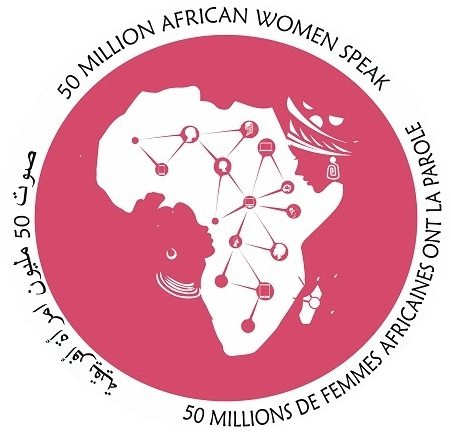Trade Agreements - Gambia
- Gambia
- Resources
- Market Information
- Trade Agreements
Overview of The Gambia's Trade Agreement
The Gambia has ratified many trade agreements. The Country is a member of the Economic Community of West African States (ECOWAS), and acceded to the World Trade organization (WTO) in 1996.
WTO Trade Facilitation Agreement
The WTO Trade Facilitation Agreement
- Section I contains provisions for expediting the movement, release and clearance of goods, including goods in transit. It clarifies and improves the relevant articles (V, VIII and X) of the General Agreement on Tariffs and Trade (GATT) 1994. It also sets out provisions for customs cooperation.
- Section II contains special and differential treatment (SDT) provisions that allow developing and least-developed countries (LDCs) to determine when they will implement individual provisions of the Agreement and to identify provisions that they will only be able to implement upon the receipt of technical assistance and support for capacity building. To benefit from SDT, a member must categorize each provision of the Agreement, as defined below, and notify other WTO members of these categorizations in accordance with specific timelines outlined in the Agreement.
The WTO Trade Facilitation Agreement will help in the women economic empowerment because its aims to boost global trade by expediting the movement, release and clearance of goods. Similarly, The TFA has a huge potential to reduce trade costs thereby boosting trade between countries and raising world income. The women traders involve in international trade will benefit significantly from the Trade Facilitation Agreement.
For more information, visit www.wto.org/tradefacilitation
ECOWAS Free movement of person, Residence and Establishment
West Africa encompasses countries of both immigration and emigration as well as countries that combine both, and countries that serve as migrant transit routes. This chapter focuses, first, on efforts to operationalize the Economic Community of West African States (ECOWAS) Protocol on Free Movement of Persons, Residence and Establishment and the progress made, as well as challenges encountered in creating a borderless sub-region. It also details the attempts to boost intra-regional trade, especially by introducing the trade liberalization scheme, and follows this with a discussion of the challenges and prospects for intra-regional mobility, intra-regional trade and development.
The treaty aimed at strengthening sub-regional economic integration through the progressive free movement of goods, capital and people and to consolidate states’ efforts to maintain peace, stability, and security. It also things gives the right of community citizens to enter, reside and establish economic activities in the territory of member states and outlined a three phased approach to achieve the “complete freedom of movement” envisaged by the treaty.
https://www.uneca.org/oria/pages/ecowas-trade-and-market-integration
African Continental Free Trade Agreement (AfCTA)
The Gambia became the 22nd African Country to sign off the AfCTA. Although it is called the Continental Free Trade Area, it is more than a trade in goods agreement. It will also cover trade in services, facilitation of investment, intellectual property rights, and competition policy. Additional disciplines and Protocols are also foreseen. Article 3 of the AfCFTA Agreement lists several general objectives, which will be achieved incrementally. These include the achievement of a single market for goods and services, facilitated by movement of persons; facilitation of investments; laying the foundation for the establishment of a Continental Customs Union; enhanced competitiveness; promotion of industrial development; and to resolve the challenges of multiple and overlapping REC memberships and expedite regional and continental integration processes.
For more information visit, https://au.int/en/cfta
General Agreement on Tariffs and Trade (GATTS)
The formation of the GATTS was one of the landmark achievements of the Uruguay Round Table, whose results entered in force in January 1995. The GATS was inspired by essentially the same objective its counterpart in merchandised trade, the General Agreement on Tariffs and Trade (GATT) creating a credible and reliable system of international trade rules ensuring fair and equitable treatment of all participates (principle of non-discrimination) stimulating economic activity through guaranteed policy bindings and promoting trade and development through progressive liberalization.
The Gambia has made commitments for liberalization of 12 service sub-sectors under the GATS, one of the highest levels of commitment amongst LDCs.
However, the regulatory framework in some of these sub-sectors needs to be brought up-to-date to ensure compatibility with these commitments. The most important sub-sectors under services are tourism, financial services, and telecommunications and postal services.
Contact Information:
The Permanent Secretary
Ministry of Trade, Industry, Regional Integration and Employment
Independence Drive
Banjul
Tel: +220 4228392 (switchboard)
Web:www.motie.gov.gm
Email:info@motie.gov.gm





